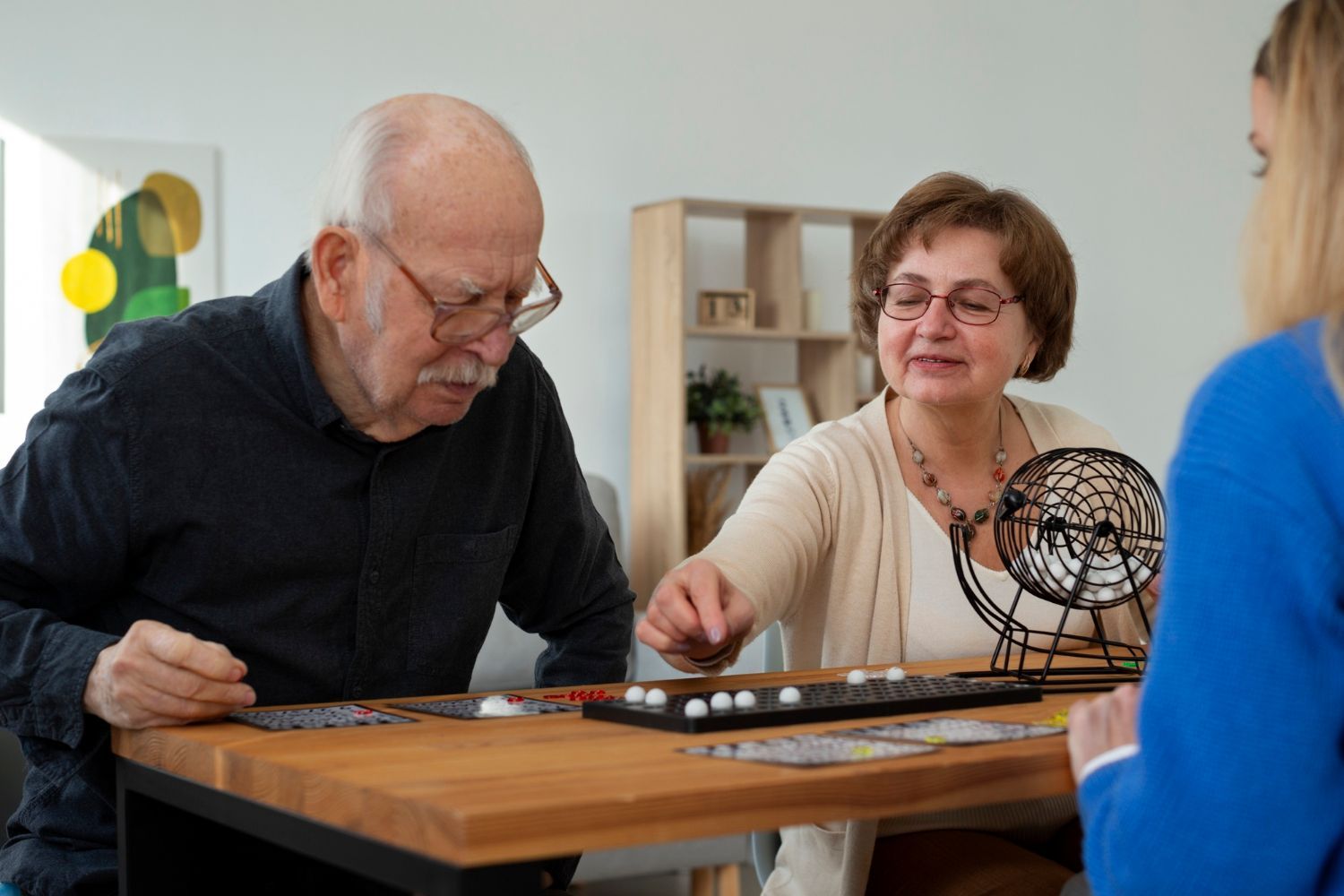Eliminating the Fear of Inadequate Staff in Aged-Care Facilities
Introduction
In aged-care facilities, the quality of care provided to older people is of utmost importance. However, there have been concerns about the adequacy of staff and the impact it has on the well-being of residents. This article aims to explore the challenges faced by aged-care facilities in Australia and strategies to eliminate the fear of inadequate staff.
The Importance of Quality Care
Quality care is crucial for the well-being of older people in aged-care facilities. It encompasses various aspects, including communication, staff motivation, knowledge, patient-preferred outcomes, and the overall culture of care. Successful communication among staff, with patients, and their care companions is vital for ensuring a seamless care experience. Additionally, staff motivation plays a significant role in delivering high-quality care.
It is important to note that the perspectives of physicians, nurses, and patients should be considered when defining and assessing quality care. Their input can provide valuable insights and help shape the standards and practices in aged-care facilities.
The Evolution of Care in Australia
To understand the challenges faced by aged-care facilities in Australia, it is essential to examine the historical context. In the early days, poor elderly people were often incarcerated in asylums, leading to neglect and abuse. However, with the rise of the welfare state and the regulatory state, institutional care for elderly people became less prison-like. State governments increased their role in inspecting nursing homes and setting standards.
In recent years, there has been a shift towards privatisation and deregulation in the aged-care industry. This has presented both opportunities and challenges in ensuring quality care for older people. The privatisation of nursing homes and the reliance on market mechanisms to regulate care have raised concerns about the ability of older people to exercise their rights as consumers.
The Crisis of Care
The media often highlights cases of abuse and neglect of frail elderly people in nursing homes and community care. These stories shed light on the need for improvements in the quantity and quality of services provided. However, it is important to recognise that the care of elderly people has improved significantly over the years, thanks to welfare and regulation efforts.
Despite the progress made, there are challenges associated with privatised care. The neoliberal policies of shifting responsibilities from the state to the private sector and individuals have resulted in a crisis of care. This crisis is evident in the struggle to meet the challenges of caring for older people adequately.
Lessons from Australia's Experience
Australia provides a case study of the challenges faced in regulating care for older people. The country has seen the privatisation of the nursing home industry alongside deregulation. This combination has resulted in a crisis in the quality of care and a loss of political confidence.
Privatisation and deregulation have not proven effective in ensuring quality care for older people. Relying on market mechanisms and consumer choice is inappropriate in the context of aged-care facilities. Older people often cannot exercise their rights as consumers due to their health conditions. Therefore, alternative approaches to regulation and quality assurance are necessary.
The Role of Regulation
Regulation plays a crucial role in ensuring the quality of care in aged-care facilities. All nursing homes should be subject to regular inspections, even without prior notice, to assess their compliance with standards and identify areas for improvement. The results of these inspections should be made available to the public, promoting transparency and accountability.
In addition to inspections, a regulatory process that empowers residents and focuses on their well-being is essential. This approach involves actively involving residents and their families in decision-making processes and creating opportunities for feedback and improvement. By empowering residents, the quality of care can be enhanced, and public investment in aged-care facilities can be maximised.
The Need for Continuous Improvement
Continuous improvement is a crucial aspect of ensuring quality care in aged-care facilities. A regulatory framework that promotes a culture of continuous improvement can drive positive changes and enhance the well-being of residents. This involves implementing feedback mechanisms, encouraging staff to engage in professional development, and fostering a supportive and learning-oriented environment.
Furthermore, the regulatory process should prioritise outcomes for residents rather than solely focusing on structures and processes. By prioritising patient-preferred outcomes, such as improved quality of life and satisfaction, aged-care facilities can align their practices with the needs and preferences of residents.
The Role of Staffing
Staffing is a critical component of quality care in aged-care facilities. Adequate staffing levels are necessary to ensure that residents receive the attention and care they require. Insufficient staffing can lead to neglect, delayed responses to emergencies, and a diminished quality of life for residents.
To eliminate the fear of inadequate staff, aged-care facilities should prioritise appropriate staffing ratios and ensure that staff members have the necessary qualifications and training. This includes ongoing professional development opportunities to enhance their skills and knowledge. By investing in the professional growth of staff members, aged-care facilities can create an environment that attracts and retains high-quality caregivers.
Collaboration and Partnerships
Addressing the challenges in aged-care facilities requires collaboration and partnerships between various stakeholders. This includes government agencies, regulatory bodies, healthcare professionals, advocacy groups, and the community. By working together, these stakeholders can share knowledge, resources, and best practices to improve the quality of care for older people.
Additionally, fostering partnerships with academic institutions and research organisations can contribute to evidence-based practices and innovation in aged-care facilities. Research can provide insights into effective care models, interventions, and strategies to enhance the well-being of residents.
Conclusion
Ensuring quality care in aged-care facilities is a complex and multifaceted endeavour. By considering the perspectives of physicians, nurses, and patients, and addressing the challenges associated with privatisation and deregulation, aged-care facilities in Australia can eliminate the fear of inadequate staff. Through effective regulation, continuous improvement, appropriate staffing, and collaboration, the well-being of older people can be prioritised and their quality of life enhanced.












